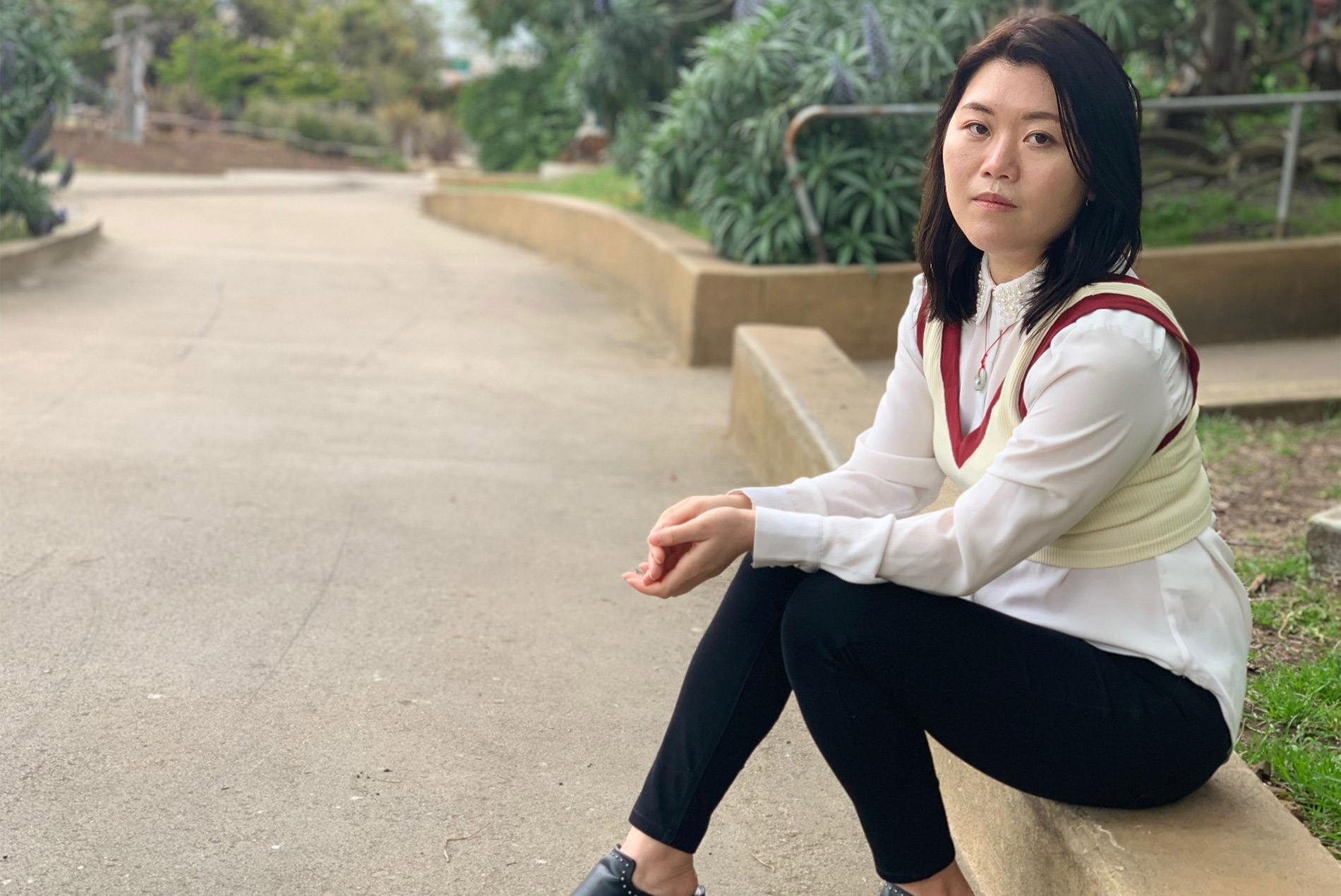A human resources assistant in our San Francisco studio, Annie shares her story of being both an American and a “perpetual foreigner.”
It was a typical weeknight with commuters pouring out of the BART train and headed home. Vanessa Carlton’s “A Thousand Miles” played in my head. “Making my way downtown, walking fast, faces pass, and I’m home bound….”
I had just exited the station and was starting my walk home when a man passing by swung his backpack at me, striking me hard in the face. What he did was no accident. No one else was within 10 feet of us. I turned to face him. He looked at me and then kept walking like nothing happened.
That occurred months before the world first heard of COVID-19. Since then violence directed at Asian Americans has skyrocketed as politicians and others have blamed China for the virus. From March 2020 to March 2021 the group Stop AAPI Hate reported more than 3,700 incidents of hate directed at Asian Americans.
“What he did was no accident. I turned to face him. He looked at me and then kept walking like nothing happened.”
As I’ve long known, anger and hate directed toward people of Asian heritage is nothing new. Racially motivated hate crimes directed at the AAPI community have occurred since the first wave of Chinese immigrants arrived in the U.S. in the nineteenth century. But for many non-Asians, the violence only became news this spring following the targeted killing of six Asian women in Atlanta—an act of domestic terrorism.
The mass shooting in Atlanta—as well as weekly reports of similar violence playing out across the U.S.—has reminded me of the microaggressions I still experience daily. The guy with the backpack and the strangers yelling at me to “go back to your country” are things I’ve dealt with my entire life.
Although my parents emigrated from China to the U.S. before I was born, I routinely question my sense of belonging in this country. When I say I’m American, the common response I get is ‘Yeah, but where are you really from?”
As a teenager I intentionally distanced myself from my Chinese heritage by speaking English at home and soaking in the mainstream culture and Euro and American-centric history taught in school. It wasn’t until college that I questioned my identity and sought out Asian American history to try to understand the Asian American experience. I’ve always had this identity crisis of whether I’m American or Chinese. It was hurtful and caused me to reject part of myself.
“When I say I’m American, the common response I get is ‘Yeah, but where are you really from?'”
Around this same time, something my mother would tell me as a child finally sank in. “No matter what you do, people are always going to see you as Chinese.” This realization of being a “perpetual foreigner” is something many Asian Americans share.
We as Asian Americans come from so many different countries with different cultures and languages. Yet the representation we mostly see in mainstream media is East Asian. We are lumped together and labeled as the ‘model minority’ with the high-test scores, Ivy League degrees and high-paying jobs. But the model minority is a myth. It’s a dangerous rhetoric used by those in powerful positions to pit disenfranchised groups against each other.
It also helps explain why violence toward Asian Americans has been largely overlooked or dismissed until recently. Now that the nation and the world is paying greater attention, I hope people will explore their own biases toward people from other backgrounds and cultures.
We all have negative perceptions or ideas about certain people. Once you accept that, it’s a matter of actively working to unlearn those biases and recognizing how what you do or say can intensify our differences or help bridge them.
Editor’s note: This article originally appeared on HOK’s intranet as part of a monthly series exploring the diverse people and backgrounds that make up HOK.
